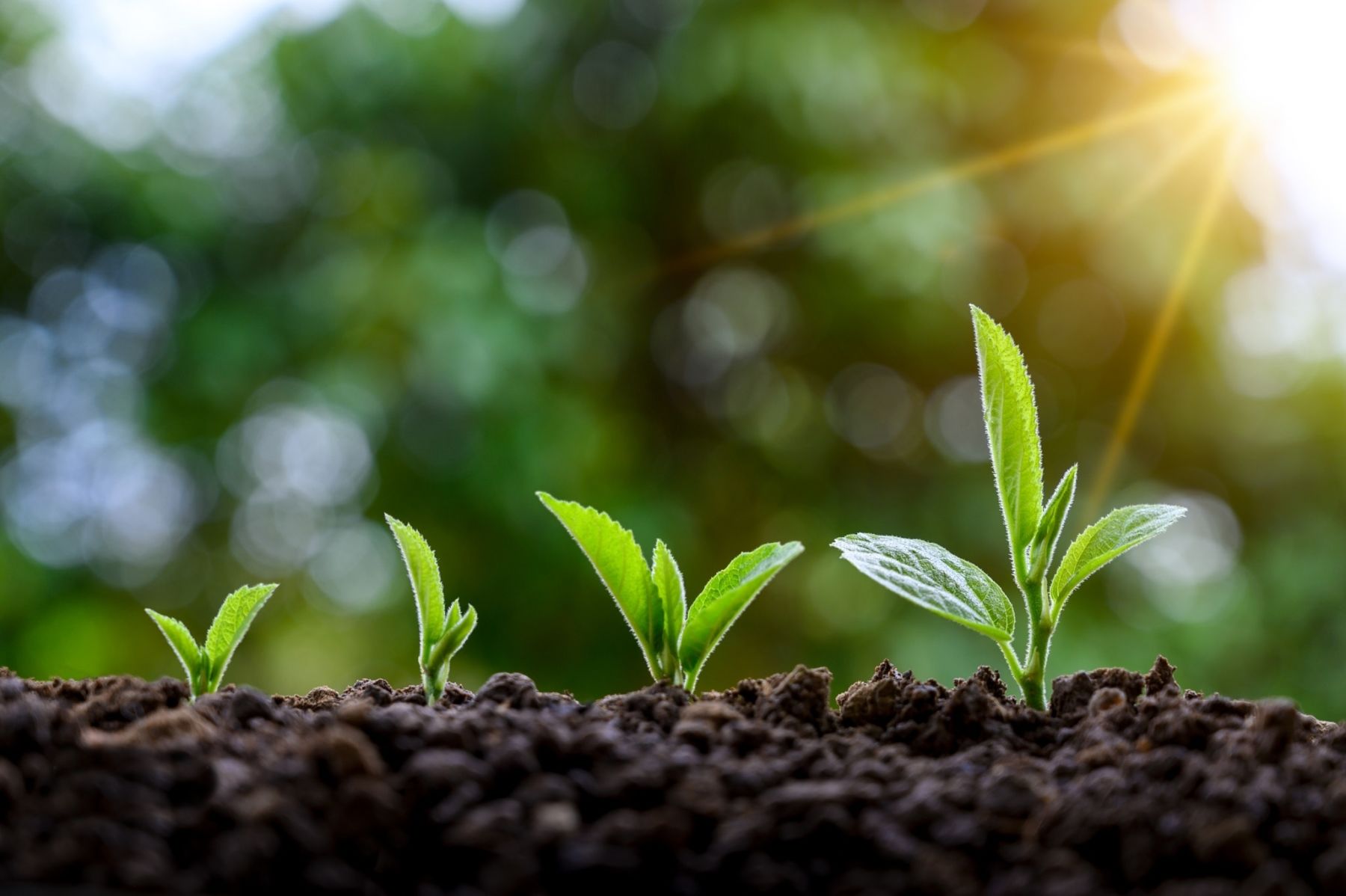Aside from autumn, early spring—before bud-break—is the ideal time to plant trees. And, if you’re thinking of selling your home, trees, placed strategically around the home, can help increase the home’s value.
Not all trees are alike, however, and some should be avoided. Let’s take a look at some of these trees that you should think twice about planting.
Trees with weak wood
Because of its fast growth rate, the Bradford pear tree was the darling of the new home construction industry in the 70s and 80s, making it the most prolific tree in neighborhoods across the country.
The tree can grow quite tall and, with age, the wood weakens. “Anything, and anyone, under a Bradford pear is at increased risk as the tree ages and its steep V crotch structure is strained,” according to Donna Isbell Walker at USAToday.com.
Other popular but weak trees include:
- Balsam Poplar (Populus balsamifera)
- Box elder (Acer negundo)
- Cottonwood (Populus deltoides)
- Empress tree (Paulownia tomentosa)
- Freeman Maple (Acer x freemanii)
- Lombardy poplar (Populus nigra ‘Italica’)
- Paper mulberry (Broussonetia papyrifera)
- Red maple (Acer rubrum)
- Red mulberry (Morus rubra)
- Silver maple (Acer saccharinum)
Weedy trees
That weak-wooded Bradford pear has additional strikes against it. Not only is it brittle and terribly messy but it’s weedy as well. If you’ve ever grown one, you know this only too well as you’re continually hacking away at the sprouts around the soil beneath the tree.
The Bradford pear, however, is a novice at the weedy game compared to the Golden Rain tree (Koelreuteria paniculata). Homeowners grow them for the incredible flower show they put on each summer, but then have to tend with the seeds that sprout wherever they touch soil.
Other popular tree varieties that seem determined to take over the entire landscape include:
- Black locust (Robinia pseudoacacia)
- Mimosa (Albizia julibrissin)
- Norway maple (Acer platanoides)
- Quaking aspen (Populus tremuloides)
- Siberian elm (Ulmus pumila)
- White mulberry (Morus alba)
Trees with invasive roots
Ever trip over a lifted sidewalk? Most likely, it lifted because of the roots of a nearby tree. Shallow roots damage driveways and foundations and, in the case of the silver maple especially, invade pipes and sewers.
- Autumn olive (Elaeagnus umbellate)
- Black locust (Robinia psuedoacacia)
- Mimosa (Albizia julibrissin)
- Poplars (Populus)
- Russian olive (Elaeaganus angustifolia)
- Silver maple (Acer saccharinum)
- White mulberry (Morus alba)
So, which trees are best for the home landscape?
Choosing a tree for the home landscape involves more than finding one you feel is pleasing to the eye. It must be hardy to your growing zone and you must have the proper location (the one that provides the appropriate growing conditions) in the yard in which to plant it.
Then, you’ll need to decide if you want an evergreen tree (one that maintains its foliage all year) or deciduous (one that loses its leaves in winter). Do you want a tree that remains small or medium or do you want a huge tree?
Research your choices online and then visit a local nursery and speak with the experts there. Nobody knows local growing conditions better than these pros, so you can feel confident in the advice they give.


